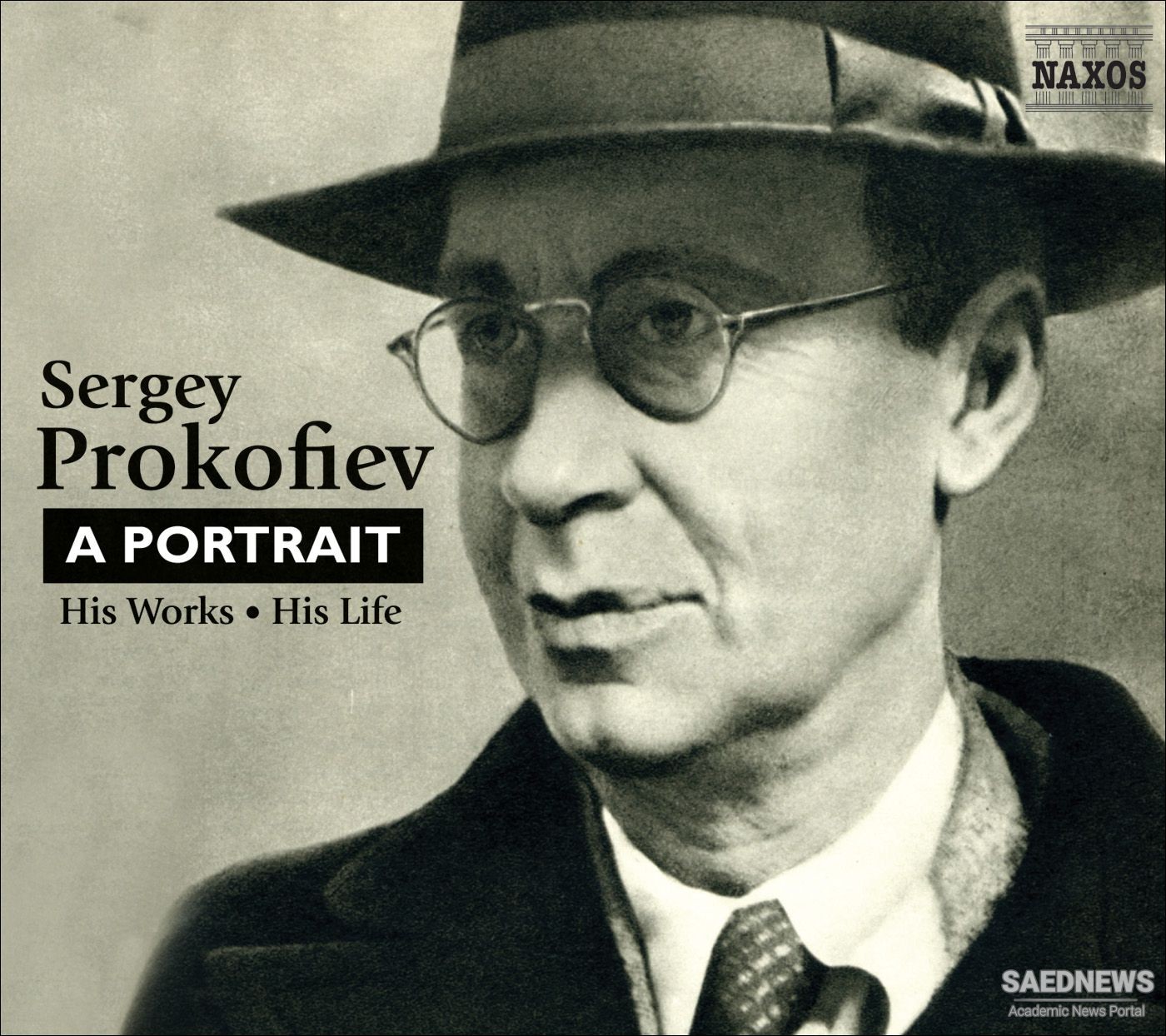In the summer of 1918, he gave several concerts in Japan, and in the United States his piano recitals in New York City evoked both delight and denunciation. In Chicago he was given a commission for a comic opera; The Love for Three Oranges was completed in 1919, though it was not produced until 1921. In America, Prokofiev met a young singer of Spanish descent. Born Carlina Codina in Madrid and raised in New York, Lina Llubera eventually became his wife and the mother of two of his sons, Svyatoslav and Oleg. Not finding continuing support in the United States, the composer set out in the spring of 1920 for Paris for meetings with Diaghilev and the conductor Serge Koussevitzky. They soon secured for him wide recognition in the most important western European musical centres. The production of The Buffoon by Diaghilev’s ballet troupe in Paris and London in 1921 and the Paris premiere of the Scythian Suite in 1921 and that of Seven, They Are Seven in 1924 consolidated his reputation as a brilliant innovator. The successful performance of his Piano Concerto No. 3 (1921) also marked one of the peaks of Prokofiev’s dynamic national style.
During 1922–23 Prokofiev spent more than a year and a half in southern Germany, in the Bavarian town of Ettal. There he prepared many of his compositions for the printer and also continued work on the opera The Flaming Angel, after a story by the contemporary Russian author Valery Bryusov. The opera, which required many years of work (1919–27), did not find a producer within Prokofiev’s lifetime.
In the autumn of 1923, Prokofiev settled in Paris, where he was in close touch with progressive French musical figures, such as the composers Francis Poulenc and Arthur Honegger. Vexed by criticisms of his melodically lucid Violin Concerto No. 1, which had its premiere in Paris in 1923, he addressed himself to a search for a more avant-garde style. These tendencies appeared in several compositions of the early 1920s, including the epic Symphony No. 2 in D Minor and the Symphony No. 3 in C Minor (1928). In close collaboration with Diaghilev, Prokofiev created new one-act ballets, Le Pas d’acier (performed in 1927) and The Prodigal Son (performed in 1929). Le Pas d’acier had a sensational success in Paris and London, with its bold evocation of images of Soviet Russia at the beginning of the 1920s. The Prodigal Son had a lofty biblical theme and music that was exquisitely lyrical. It reflects an emotional relaxation and a clarification of style that are also seen in the String Quartet No. 1 in B Minor (1930), in the Sonata for Two Violins in C Major (1932), and in the ballet On the Dnieper (1932).
In 1927 Prokofiev toured the Soviet Union and was rapturously received by the Soviet public as a worldrenowned Russian musician-revolutionary. During the 1920s and the early ’30s, Prokofiev also toured with immense success as a pianist in the great musical centres of western Europe and the United States. His U.S. tours were attended with tumultuous success and brought him new commissions, such as the Symphony No. 4 in C Major (1930), for the 50th anniversary of the Boston Symphony, and the String Quartet No. 1, commissioned by the Library of Congress. His new piano concerti—No. 4 (1931), for the left hand, and No. 5 in G Major (1932)—demonstrated anew his bent for virtuoso brilliance.


 The Intermezzi
The Intermezzi














































